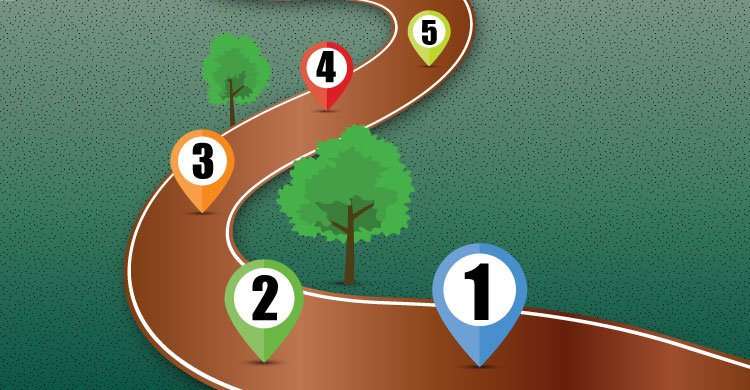Several years ago as a junior high school teacher I had the privilege of attending my first PLC conference. Becky DuFour gave the opening keynote address. She stated that as their PLC leadership teams travel across the country, they encounter schools that call themselves PLCs, but they are not doing the work that PLC schools do. She called these schools “pseudo-PLCs.”
So what makes a Real PLC and what difference does it really make?
There are several clear, identifiable practices that PLC schools implement. Schools that don’t practice these simply do not experience the ultimate goal of high levels of achievement for all students. Research supporting student success with PLCs is tremendous, but results are limited by the degree to which PLC practices are applied.
My favorite article of the past several years is “How Do Principals Really Improve Schools” by Rick DuFour and Mike Mattos. At the end of the article, they list Five Steps to Success on the PLC Journey. I have found the steps very helpful to focus our PLC work at my school. As I briefly review the steps, I encourage you to decide how effectively your school is meeting each of them. This is an excellent way to determine the authenticity of the PLC process.
Step One: “Embrace the premise that the fundamental purpose of the school is to ensure that all students learn at high levels,” and examine every practice “to ensure it aligns with that purpose.” Are teachers committed to helping all students succeed? Even the most challenging ones? From the beginning of the PLC journey at our junior high school, teachers embraced PLC practices because of their proven success. Teachers had a desire to reach all students and welcomed the team approach, which included support from their colleagues and from administration.
Step Two: “Organize staff into meaningful collaborative teams” where they hold themselves mutually accountable and “work interdependently to achieve shared goals.” We divided teachers into teams by departments and subject areas. Here we set goals and created timelines to stay focused.
Step Three: Establish the essential learning for all students in each course. “Agree on pacing guidelines and develop and administer common formative assessments” to monitor student learning. Over a period of two to three years, our PLC teams developed and administered quarterly common formative assessments and district benchmarks based on essential standards and skills. How many common formative assessments do your teachers administer?
Step Four: Analyze the data from student learning to determine:
- “Students who need additional time and support to become proficient” and “students who need enrichment” because they are already proficient.
- “Teachers who help students become proficient” so that these teachers can share with their colleagues best instructional practices.
- “Teachers who struggle to help students become proficient so team members can assist in addressing the problem.”
During our bimonthly collaboration time, our PLC teams analyzed the results of our common assessments, shared effective teaching strategies, and improved the assessments we created together. Each year we improved our lessons and assessments to clarify student learning and skill development. We also identified students who struggled.
Step Five: “Create a coordinated intervention plan” for students that is timely, directive, precise, and systematic.
The fifth step is the most challenging. It may also be the most important step. A small team from our school visited a model PLC school, Pioneer Middle School, to get some concrete ideas on how we might implement systematic intervention at our site. Prior to our visit, I heard comments like, “it can’t be done,” and “it sounds too difficult,” but after our visit, our team began seeing ways we could implement targeted intervention.
The staff agreed that for two days a week, students who were achieving at high levels would be released outside or to the MPR during our advisement for a study hall supervised by administrators and campus security. During this time teachers ran a tutorial with pre-selected students or a study hall. The goal was for the tutorial time to be used for re-teaching and re-assessing standards and skills that students had not mastered.
As we progressed through the steps on our PLC journey, our students showed significant gains in learning on our state assessments. A fully functioning PLC is a powerful, inspiring school that has a positive impact on the trajectory of students’ lives.
During the PLC conference I attended, I introduced myself to Rick DuFour and declared that my school was functioning as a pseudo-PLC. At that time our school had spent a few years working on the first three steps and I was eager to progress. He encouraged me to continue to work towards success on the PLC journey. And for the benefit of all of the students I work with, I continue to do so.
References:
DuFour, R., & Mattos, M. (2013). How do principals really improve schools? Educational Leadership 70(7), 34-40.






